How Do Fuel Injectors Work – Step by Step Whole Process
How Do Fuel Injectors Work, The dependency of human life nowadays upon machines, specifical vehicles, has now reached up a point where it has become a necessity. Buying a vehicle nowadays to cope with our everyday lives has become inevitable. But, upon this gift of technology come along a lot of other responsibilities too. Not only do these machines regularly need to be fed with fuels and other expensive stuff, but they also require a lot of care from the owner’s side too. And for this care, you need to have some basic knowledge about how your motor vehicle works.
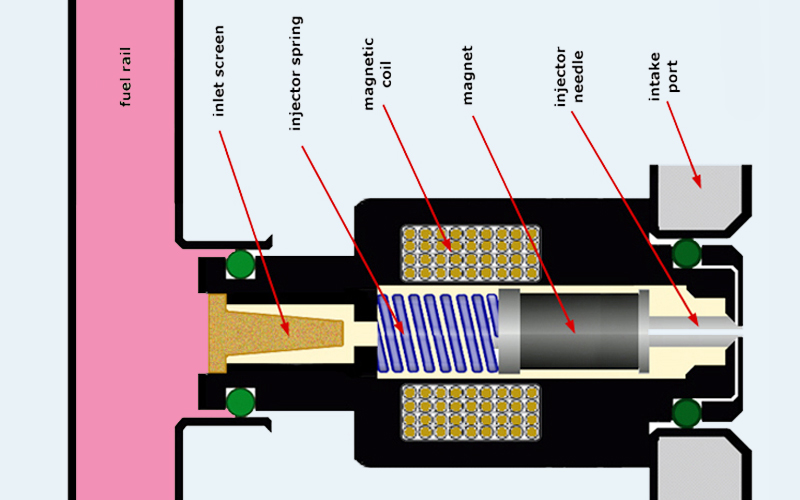
Usually, people are quite well aware of how their vehicles work, but one point where they face quite confusion is how do fuel injectors work and how the fuel is supplied to their engines. So, here in this article, I will be explaining to you in detail the matter mentioned above and satisfy all your knowledge needs.
What Are Fuel Injectors
The purpose of the Fuel Injectors is to supply the correct amount of fuel to the engine so it can combust it in an effective way to power the engine. Unfortunately, it is not as easy as it sounds. The engine has to be delivered an exact amount of fuel and air for combustion, too much or too little fuel might cause the engine to choke or not let the engine even start, respectively. In the past, the mechanism to handle this task, the implementation of carbureted engines was not so perfect. Thanks to modern tech, we now have a much better way to implement it, namely fuel injectors.
A fuel injector is a mechanical valve that is controlled electronically. It is usually placed at a certain angle to inject just the right amount of fuel into the engine’s combustion chamber. Not only does the amount of the fuel being injected need to be precise, but the angle its placed at, the pressure, and the spray pattern must also be very precise according to the need for perfect fuel to air ratio for the combustion.
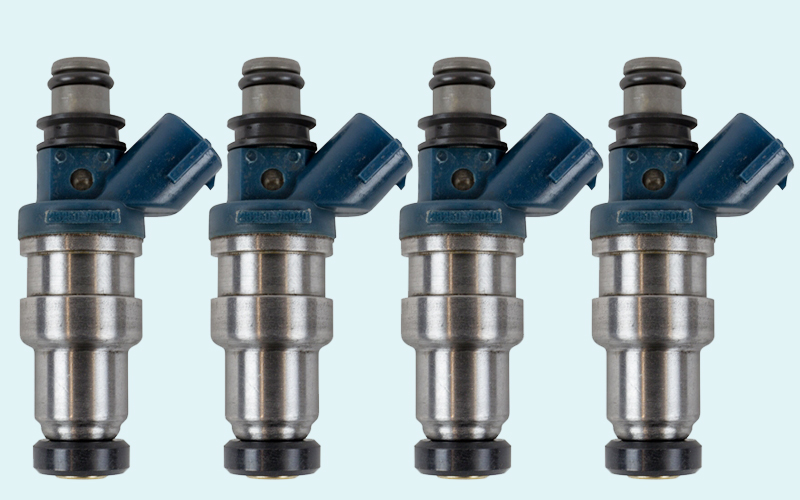
The types of fuel injectors differ for both petrol and diesel-operated engines. While the fuel injectors for petrol-operated engines use an indirect mechanism for spraying the fuel, diesel-operated engines rather use a direct mechanism. But, this is just about the mechanism being used for spray and has nothing to do with how fuel injectors work.
Read Also: Best Fuel Injector Cleaner
How Do Fuel Injectors Work
The fuel injector is a valve controlled either by springs or ECU (Electronic Control Unit), capable of opening and closing several times per second. The fuel is fetched from the fuel tank and transported to the injectors. Fuel lines are used for transportation. Once the fuel has reached the injector, it is then pressurized to the right extent by using a fuel pressure regulator. The fuel is then divided into several cylinders. After this, as the final step, fuel is finally sprayed onto the combustion chamber. However, this is just a generalized overview, and below you will be explained in detail how do fuel injectors work.
There are two types of fuel injectors, which are:
Mechanical Fuel Injector
The primary mechanism used here to inject fuel is rather similar to the carburetor systems used in the past, its why a lot of people still get it confused with carburetted engines but actually, there is quite an important difference between these two. While the carburetted system fetches low-pressure fuel from the fuel tank, these mechanical fuel injector systems pump a high-pressure fuel from the fuel tank, which is the basic principle of how the mechanical fuel injectors work.
Once pumped from the fuel tank, the fuel then enters the accumulator. You can think of an accumulator as a buffer for the temporary storage of the fuel. Then comes in play the metering control unit of the system. Its job is to distribute the fuel to the cylinders. Here, the delivery of the right amount of fuel into cylinders in the right amount of time is of the essence.
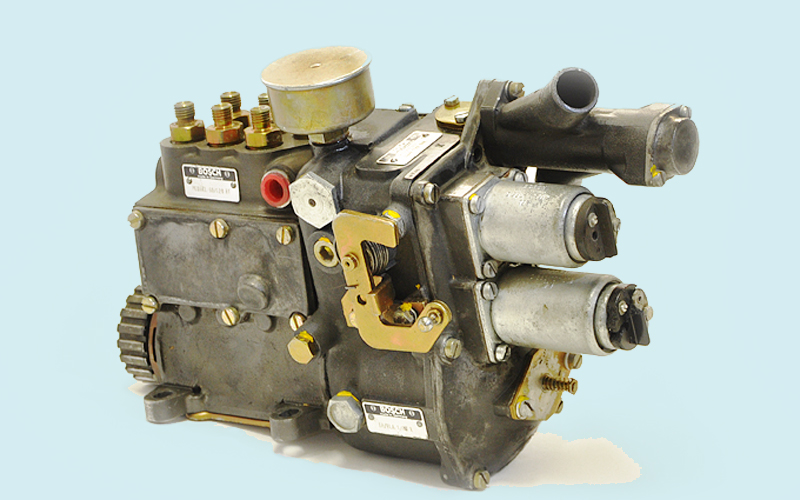
While entering inside the cylinder, the fuel and air must be mixed very precisely, with the right amount of both. This is achieved by using the flap valve, which is located inside the air intake of the engine. It lets the fuel come in the correct flow to be mixed with the air in the right amount. Whenever we increase or decrease the speed of the vehicle, the flap valve opens more or less, respectively, the same is the case with the fuel distributor. Hence, both stay in proportion.
Here, two springs are used for the system to work. One is the mainspring and the other one is called Plunger spring. The mainspring has the job to control the fuel inlet to the fuel injector, the fuel coming from the fuel pump is pressurized, and this pressure causes the mainspring to open and let the fuel inside the fuel injector.
As the fuel enters the inlet, it mixes with the air, and the pressure increases, this increasing pressure causes the plunger spring to move to and fro which in turn makes the plunger move outward causing the nozzle to open, and hence the controlled spray of the fuel occurs. As you can notice, the mechanism used here is dependent upon springs, which is the reason why mechanical injectors are often referred to as spring-loaded injectors by many technicians.
Once the fuel injection is complete for a given cycle, according to the input given by the control unit, the pressure then decreases and eventually the plunger which was being pushed outward stops experiencing the pressure and comes to its initial position. This results in seizure of the spray and hence the fuel pumping is stopped for that certain cycle.
Read Also: What Happens When Fuel Injectors Go Bad
Electronic Fuel Injector
Here we will talk about the second kind of fuel injectors and how do these fuel injectors work. This is the rather newer implementation of the fuel injectors as many new cars coming nowadays have this system installed.
As written above, the basic principle of how this and the mechanical systems work are quite the same. However, there are two points where they differ. Namely, the amount of fuel and the tension used to open and close the valve using the spring. Rather than using these two functions to control the spray of fuel, electronic systems use an electronic control unit that controls all the required functions.
Certain sensors help keep track of things like air temperature, air intake pressure, engine temperature, engine speed, accelerator position. All these are connected to the ECU, and the current information is fed to the ECU in real-time.
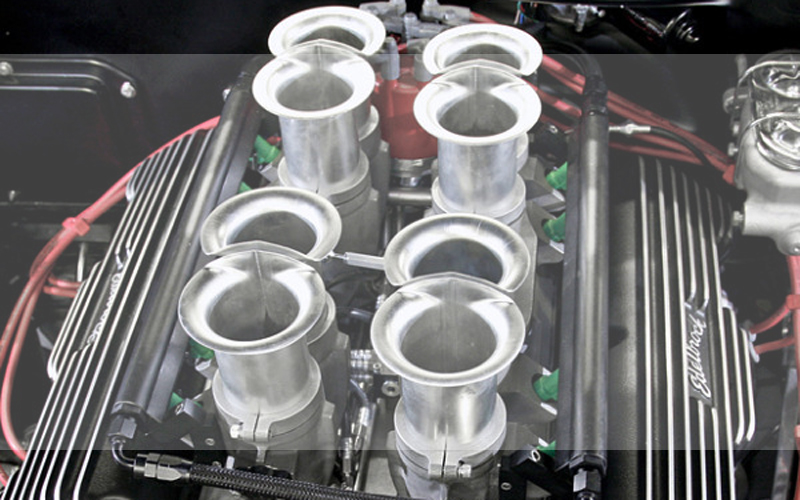
According to the conditions, and the calculations done by the ECU, it calculates the specific amount of fuel that needs to enter the cylinders. All this input is being fed to the ECU in real-time, and the processing is so fast that the extent to which valves must be opened is calculated almost simultaneously.
Fuel rails are used to transfer the fuel from the fuel tank, and these rails are connected to the fuel injector. Constant pressure is maintained inside the fuel rails, and an electric fuel pump is installed that lets the fuel travel through the fuel rails and into the fuel injector.
As the data is fed to the ECU, it calculates the amount of fuel that needs to be squirted, and the number of valves that need to be opened for that to happen. When the electronic signals are sent from the ECU to the fuel injector pins, which are in turn wired to a battery and an ignition, it creates an electromagnet inside the fuel injector which causes the plunger to move outwards hence creating a way for the fuel to pass. This opening for the fuel is very precise as calculated by the ECU. Hence the nozzle has finally opened, and the fuel gets sprayed onto the combustion engine.
After the completion of a certain cycle of fuel injection, the ECU stops sending the electronic signal to the fuel injector and so deactivating the electromagnet. As the electromagnet is deactivated, there is no more anything pushing the plunger outward the nozzle will be closed, causing the fuel spray to be stopped.
This is the mechanism used by the Electronic fuel injectors where an electronic circuit is used to open up the valve precisely and hence no mechanical mechanism is used here although the governing principle in both the mechanical and electronic fuel injectors is rather the same.
Conclusion
A fuel injector is an excellent example of engineering and has made the problem of delivering the right amount of fuel for combustion very easy. They have also helped the automobile industry achieve efficiency, better transient throttle response and they also help a lot in cold starting, as the valves allow more fuel to flow for a short amount of time which could not be done using the carburetted engines.
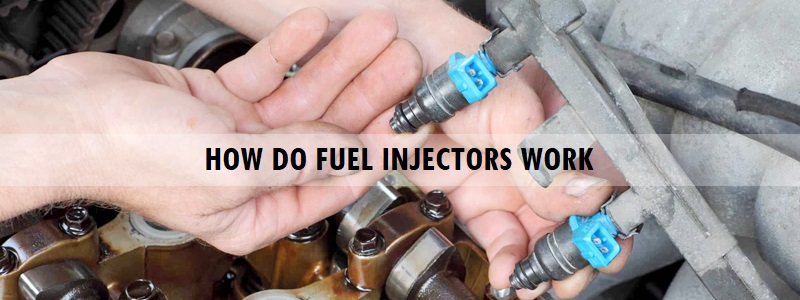
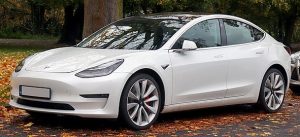
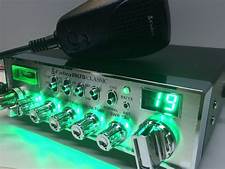


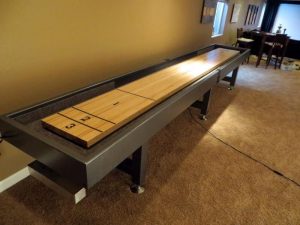
Post Comment